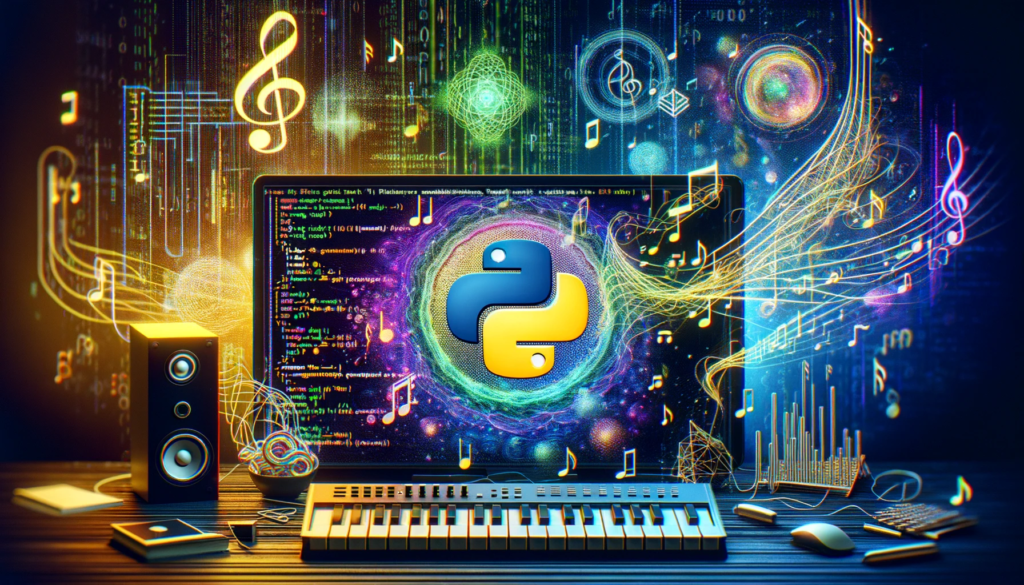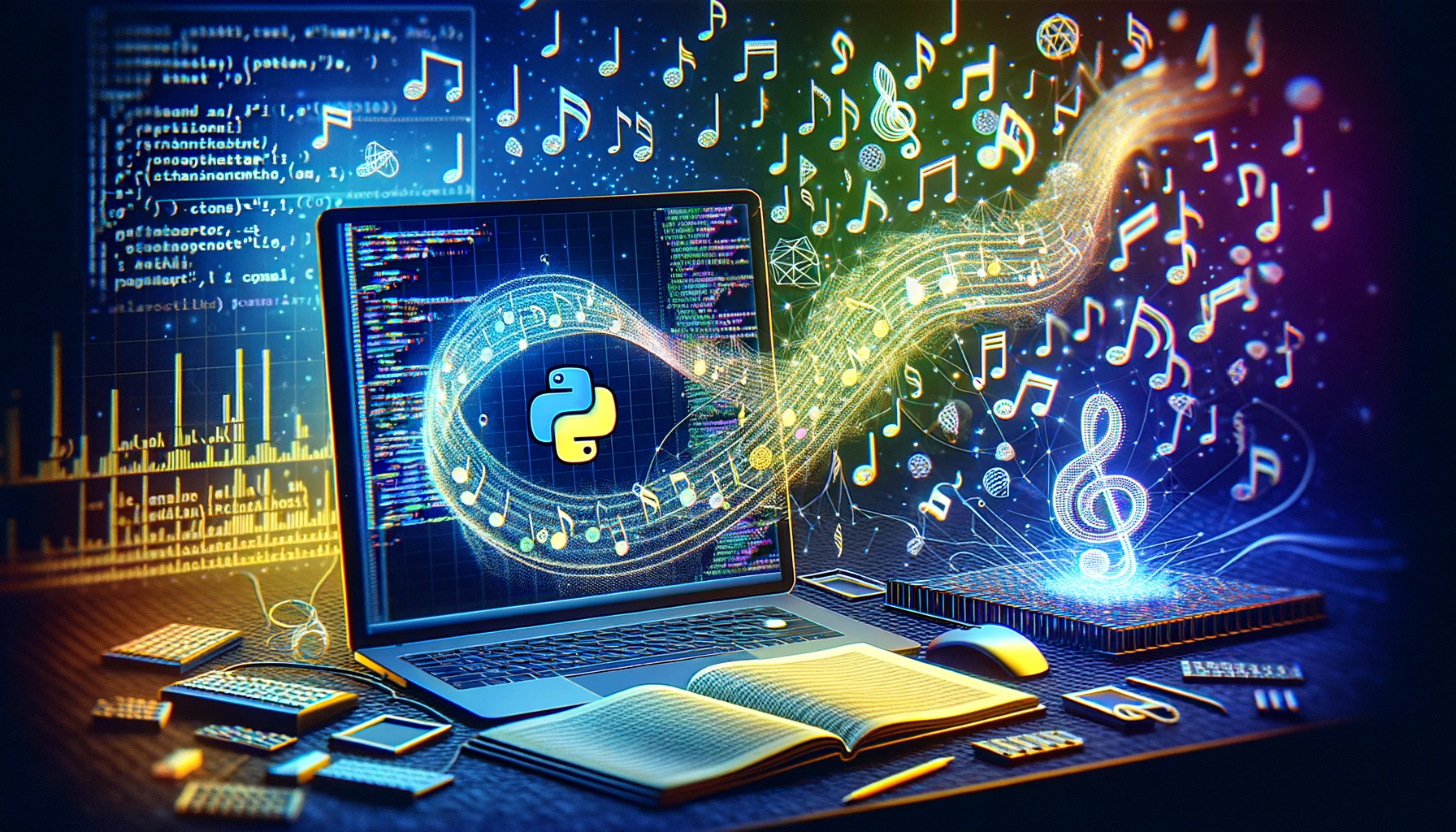With the power to create music quite literally at your fingertips in this digital age, Python is right there in offering you an accessible approach toward music generation. Music enthusiasts and beginning programmers alike find that the various libraries for Python offer a thrilling opportunity to generate free music. This tutorial walks you through a process of generating music using Python with no cost.
Python and Music Generation
Python is simple and highly readable; therefore, it’s a great fit not only for programming beginners but also for those who are into music composition. The language is surrounded by an enormous ecosystem in which several libraries are designed for audio processing and generating music, allowing users to experiment and programmatically produce music.
Top Python Libraries for Music Generation
- Magenta by TensorFlow
- Overview: It was designed by the TensorFlow team at Google to explore the use of machine learning in generating art and music. Ideal for anyone who wants to explore the cross-section between AI and music, this free tool generates AI music for excellence, provided one has good coding skills.
- Key Features: Includes tools for music and art generation, and also provides pre-trained models that can be fine-tuned for custom music creation.
- Getting Started: Visit Magenta’s GitHub page for installation instructions and tutorials.
- PyDub
- Overview: PyDub is ideal for simple audio manipulation and composition. It’s user-friendly and great for beginners looking to experiment with audio processing, but no AI in it.
- Key Features: Easy audio manipulation, such as slicing, concatenating, and altering audio segments. It also supports various audio formats.
- Getting Started: Check out PyDub’s documentation for installation and usage guides.
- Mido – MIDI Objects for Python
- Overview: For those interested in working with MIDI files, Mido offers a more straightforward way to read and write MIDI files or manipulate the same, ideal for the creation and edition of musical sequences.
- Key Features: Easy handling of MIDI files, MIDI message manipulation, and integration with other audio libraries for more complex tasks.
- Getting Started: Visit Mido’s documentation for more information.
Creating Your First Melody
First, select a library that better suits your interests. If you are a newbie in Python, start with the easier ones: manipulating audio with PyDub and creating simple MIDI sequences with Mido. When one gets more confident, he or she can try to train machine learning models in Magenta.

This is an inexpensive way to merge your passion for coding and music, and all this is royalty and copyright free, thanks to libraries like Magenta, PyDub, and Mido. The possibilities are endless, and the journey is as exciting as the destination.

